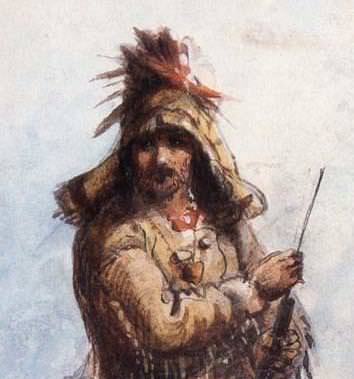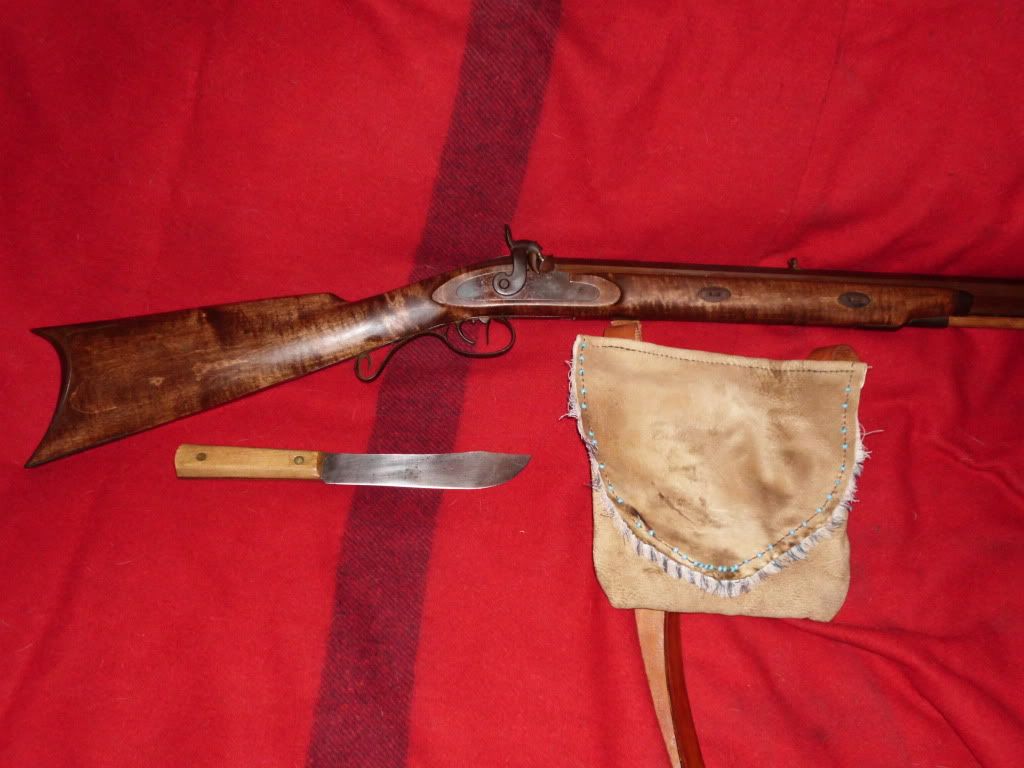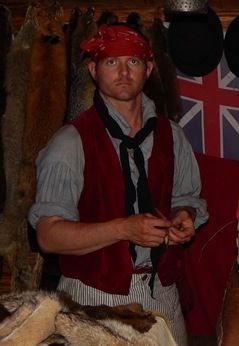Starting out at the AFC? How would you be rated?
Sept 5, 2012 9:39:10 GMT -7
Post by Leifer on Sept 5, 2012 9:39:10 GMT -7
How'd you like to work for the AFC? How would you be rated on the ledger?
"...Engeges included good men and bad, but little more than their names survives in Company records. In the 1830s common engages received from $200 to $260 for an eighteen-month stint in the Upper Missouri. The standard tour of duty included three to five months of upriver travel, winter and spring spend in the pays d'en haut, and a shorter return journey to Saint Louis the next summer. Before departing from Saint Louis, each engage received a small advance called an "equipment," the cost of which was deducted from his annual wages. A typical equipment included a three-point blanket, one and one-half yards of stout blue woolen stroud cloth, a butcher knife, a silk handkerchief, a rough checked shirt, and a few pounds of tobacco. Billed at inflated Upper Missouri prices, these supplies cost about seven dollars. In 1829 an average engage's annual wage was roughly $140. A keelboat pilot of proven skill might earn $700 for the year and a double equipment. Traders and interpreters received from $350 to $600 annually and a new suit of clothes. By 1831 most contracts were written for eighteen-month terms, but annual wages amounted to about the same. Wages increased slightly over the next several years; by the late 1830s an engage could expect perhaps $160 a year.
The bourgeois and clerks encouraged hard workers to reengage when their contracts ran out, and some contracts extended for up to five years at a stretch. On the other hand, malingerers might find themselves on the next available keelboat or streamer headed down the Missouri, forfeiting whatever wages stood unpaid in the ledgers. Post managers kept lists of men whose engagements had expired, sometimes as a means of warning Company agents at Saint Louis against rehiring certain individuals. The rosters include notations such as, "A great villain," "lazy, not worth half wages," "a Great Skulker," "very so so," "of no use for this post," and "a Damn'd rascal." Poorly rated men would likely be passed over in favor of those who received compliments such as "good man," "very good man," or, rarely, "excellent." ... "
-- Fort Union and the Upper Missouri Fur Trade; Barton H. Barbour; p. 117, (c) 2001, University of Oklahoma Press
"...Engeges included good men and bad, but little more than their names survives in Company records. In the 1830s common engages received from $200 to $260 for an eighteen-month stint in the Upper Missouri. The standard tour of duty included three to five months of upriver travel, winter and spring spend in the pays d'en haut, and a shorter return journey to Saint Louis the next summer. Before departing from Saint Louis, each engage received a small advance called an "equipment," the cost of which was deducted from his annual wages. A typical equipment included a three-point blanket, one and one-half yards of stout blue woolen stroud cloth, a butcher knife, a silk handkerchief, a rough checked shirt, and a few pounds of tobacco. Billed at inflated Upper Missouri prices, these supplies cost about seven dollars. In 1829 an average engage's annual wage was roughly $140. A keelboat pilot of proven skill might earn $700 for the year and a double equipment. Traders and interpreters received from $350 to $600 annually and a new suit of clothes. By 1831 most contracts were written for eighteen-month terms, but annual wages amounted to about the same. Wages increased slightly over the next several years; by the late 1830s an engage could expect perhaps $160 a year.
The bourgeois and clerks encouraged hard workers to reengage when their contracts ran out, and some contracts extended for up to five years at a stretch. On the other hand, malingerers might find themselves on the next available keelboat or streamer headed down the Missouri, forfeiting whatever wages stood unpaid in the ledgers. Post managers kept lists of men whose engagements had expired, sometimes as a means of warning Company agents at Saint Louis against rehiring certain individuals. The rosters include notations such as, "A great villain," "lazy, not worth half wages," "a Great Skulker," "very so so," "of no use for this post," and "a Damn'd rascal." Poorly rated men would likely be passed over in favor of those who received compliments such as "good man," "very good man," or, rarely, "excellent." ... "
-- Fort Union and the Upper Missouri Fur Trade; Barton H. Barbour; p. 117, (c) 2001, University of Oklahoma Press






